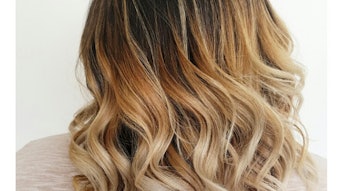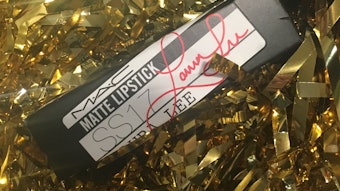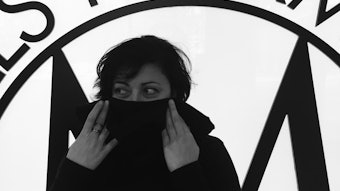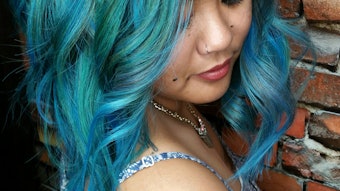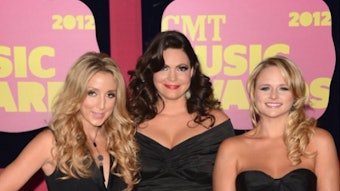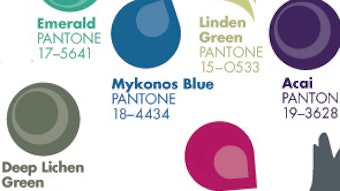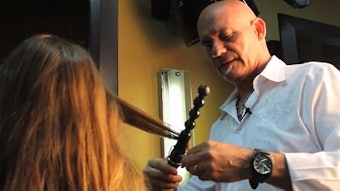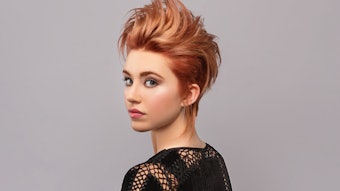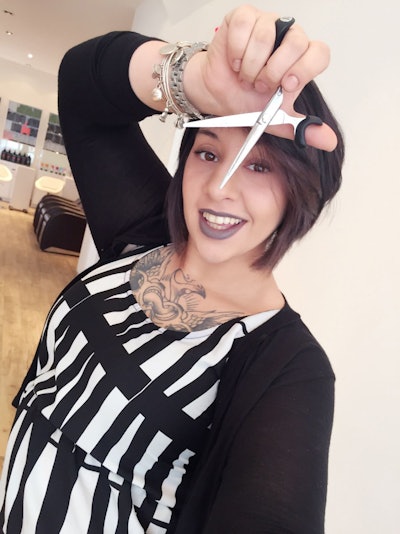
Relaxing after a hard day in the salon might typically involve a sofa, a glass of wine and the TV remote in hand. But for Toniann Clemente this kind of scenario was, until recently, far removed from reality. Instead, she would sit for an hour or more, haunted by her mother’s experience of being forced out of the industry with arthritic hands, while her boyfriend applied hot and ice-cold packs to her aching shoulder.
‘I was so scared that what happened to my Mom was happening to me,’ explains Toniann. ‘I was 23 and had qualified just four years earlier. Even after a few hours behind the chair my shoulder was grinding. Painkillers took the edge off the pain, but nothing would make it go away. I was so desperate. I just kept thinking about my mother, forced to give up a lucrative hairdressing career she loved because of chronic pain.’
Toniann isn’t alone in developing a chronic workplace injury. In hairdressing, 45 per cent of all stylists will develop occupational injuries within 10 years. On the Rapid Upper Limb Assessment (RULA) scale, a worldwide tool for assessing workplace injuries, hairdressing is in the red zone, where the risk of developing a musculo-skeletal disorder is extremely high. The injuries it brings force many out of the industry.
Bad news for Toniann, who fell in love with the idea of being a hairdresser when she was just five years old. Her constant shoulder pain developed almost immediately after she qualified, and it just got worse. It was caused by damage to the four muscles that attach the shoulder to the arm, brought on by lifting her arms and twisting while cutting hair. Toniann tried varying her posture, the height of her chair, sitting down, standing up, everything she could think of, but nothing helped. Her dreams of becoming an educator, maybe even opening her own salon, seemed doomed. Instead she faced having to find another career that she could love with the same passion – and the money to retrain.
Hairdressing will always be physically demanding, but a more ergonomic approach can help. Taking regular breaks and stretching out those tired muscles in the wrists and arms is essential. Sitting down when possible to take the strain off the back helps, but not if sitting down means you have to lift your elbows.
Toniann found changing her tools also helped. She was given a pair of the recently launched and highly innovative Exthand Shears by her boss at Hair & Co Brooklyn, Shannon King. Designed with grips rather than rings, the shears allowed Toniann to drop her arms and shoulders while cutting.
‘There are no rings to hold; instead they have a soft, very comfortable grip. I could feel the difference immediately,’ says Toniann. ‘It’s not about how how long or short they are; it’s the way the grip allows you to keep your shoulders and elbows down. You have absolute control without the contortions necessary to get the angle on the hair.’
The exercises, the breaks and the Exthand Shears did what the icepacks, the painkillers and the doctors couldn’t do – gave her relief from constant pain. Even her mother has been able to cut hair again on the rare occasion that Toniann has let her precious Exthands out of her own hands. Suddenly the opportunities of doing New York Fashion Week or high-stress session work that come when you work at a salon like Hair & Co Brooklyn are open to her. She can look forward to the future with confidence and without pain.


